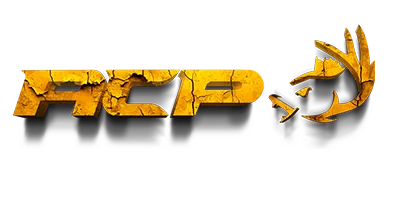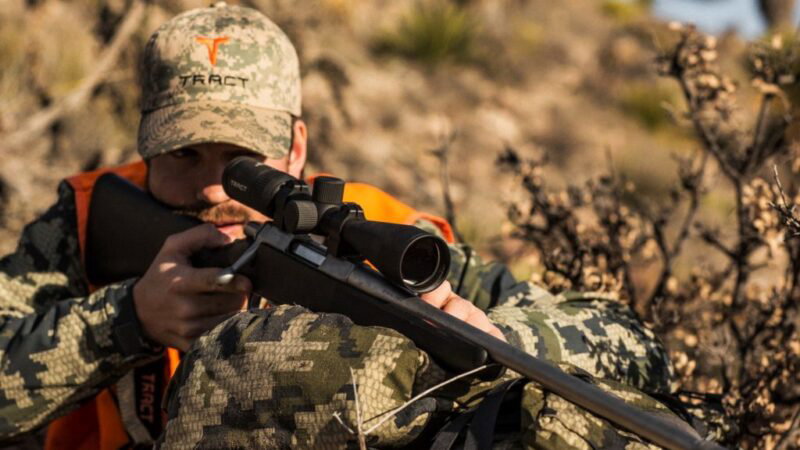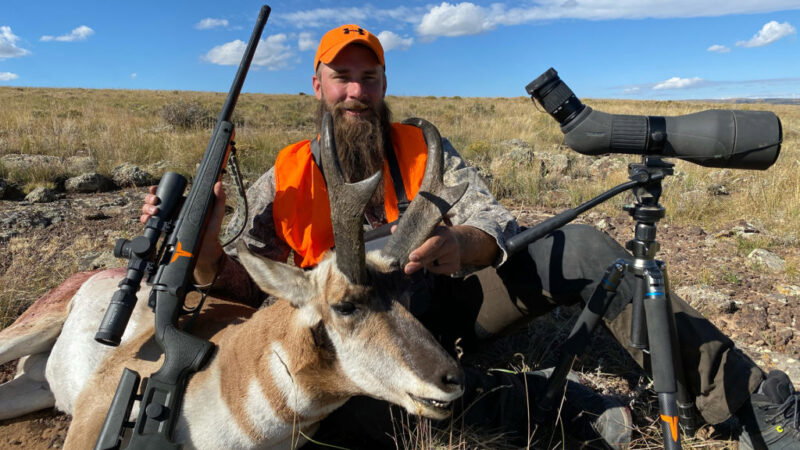Choosing a Rifle Scope for Deer Hunting
Choosing a Rifle Scope for Deer Hunting
Choosing a rifle scope for deer hunting means the proper magnification, eye relief, field of view, among other things.
The advent of riflescopes has produced a myriad of positive results in shooting and hunting. Gone are the days of the complexity of iron sights. If your eyesight is failing and you’ve been through the frustrations of aligning the front and rear metallic sights, that’s okay. We now have the option of magnifying the target, lining up the crosshairs and squeezing the trigger.
Deer Hunting
Growing up, many of us headed into the deer woods with a 3-9 scope. It’s the class rifle scope for deer hunting. Those specs are near perfect.
Three power is plenty low enough, and combined with a large exit pupil and wide field of view, it’s not so hard to pick up your target quickly in the hardwoods. At the opposite end of the magnification ring, nine power is sufficient for taking longer shots most deer hunters face. Here are a few other pointers to consider when choosing a riflescope for deer hunting.
Bigger is NOT Always Better
Today’s “bigger is better” theme has lead your average deer hunter to choose scopes with higher magnifications that are far less reliable when hunting in the timber. Like we talked about in our recent blog about defining the optical triangle, when you increase magnification, you then subtract from the size of both the exit pupil and field of view. Deer hunters typically want to keep their scopes on low power, especially in the early morning and late evening hours when whitetails typically move. Sometimes, even a five or six power scope can leave you feeling foolish as you desperately try to find a semblance of brown hair through a narrow field of view. Next time you’re in the market to outfit your deer rifle with a new scope, don’t forget about the trusty 3-9×40 or even a 2.5-10×42.
Eye Relief
Eye relief is the comfortable distance that a scope can be held away from the eye to still allow you to see the entire image – the space in between your dominant (shooting) eye and the eyepiece. Three inches of eye relief on a rifle scope for deer hunting is minimal. Especially when shooting magnum cartridges. For this reason, we designed all TRACT riflescopes to have at least 3.5 inches of constant eye relief.
Constant is the key word here. Some manufacturers quote a “range” of eye relief. This is totally against the fundamentals of accurate shooting. You must place your face on the stock and look through the scope from the same position on every shot for consistency.

Exit Pupil
The exit pupil is extremely important when choosing a rifle scope for deer hunting. It’s the small circle of light that appears in the eyepiece when you hold the scope at arm’s length. We like to call it the “window” of light that comes through the scope. The exit pupil of the scope must match your eye’s pupil in order to have bright, clear images in low-light conditions.
Figuring out the exit pupil is quite simple. Just divide the objective lens size in millimeters by the magnification. For example, if your 3-9×40 scope is set at 3x, 40 divided by 3 equals 13.3 millimeters, which is large enough for almost all low-light situations. If your scope is set at 9x, 40 divided by 9 equals 4.4 millimeters.
The difference in available light from the larger exit pupil is significant. Since your pupil will dilate between 4-5 mm in low light conditions, if the exit pupil of the scope is smaller than your dilated pupil, it would be like trying to look through a pinhole.
When the exit pupil of the scope is larger than your dilated pupil it’s like looking through picture window. Also, with a larger exit pupil, exact head placement is less critical when lining up to shoot.
Main Body Tube
The ruggedness of a riflescope is really one of its most important attributes. For this reason, all TRACT hunting and AR riflescopes are milled out of solid bar stock in a one-inch, one-piece main body tube that is O-ring sealed and purged with argon gas, making it completely fog and waterproof. Don’t let bad weather and tough terrain stop your hunt.
Field of View
Field of view is typically gauged at 100 yards. When consider a rifle scope for deer hunting, the 100 yard range is fairly on point, especially for those of us east of the Mississippi. This is the area, in feet, that you can view when you’re looking out to the length of a football field. A higher number indicates a wider FOV where a smaller number means it’s narrow.
The optical design of the eyepiece determines the FOV. That’s why every TRACT rifle scope scope features a large ocular lens. This maximizes FOV as well as enhance target acquisition. The power of the scope has an inverse relationship with FOV as well. As the magnification increases, a smaller FOV results whereas a lower power will give you a wider field. Again, referring back to the optical triangle.
Lenses and Coatings
Quality doesn’t come cheap. That’s why we spared no expense when it came to coating the lenses of our riflescopes. The lenses in each are fully multi-coated, meaning there are multiple layers on every air-to-glass surface to allow the maximum amount of light to penetrate through the glass to your eye. These coatings also reduce glare, which at the same time reduces the chance of losing important light due to reflection.
We’ve also used an extremely hard, protective outer lens coating to resist all fingerprints, smudges and scratches. During the height of the hunt, when your covers are off, the lenses of the riflescope are going to be subjected to the elements. It’s important that you’re able to take a shot when it presents itself.
Recoil
Optical quality is extremely important. But if your scope does not hold zero, even the brightest and the clearest scope can let you down. That’s why is must be built to withstand repeated recoil from heavy magnum calibers. TRACT scopes were designed and engineered to withstand 1000g of recoil. That’s far greater than the G Force generated by virtually am modern centerfire cartridge.










